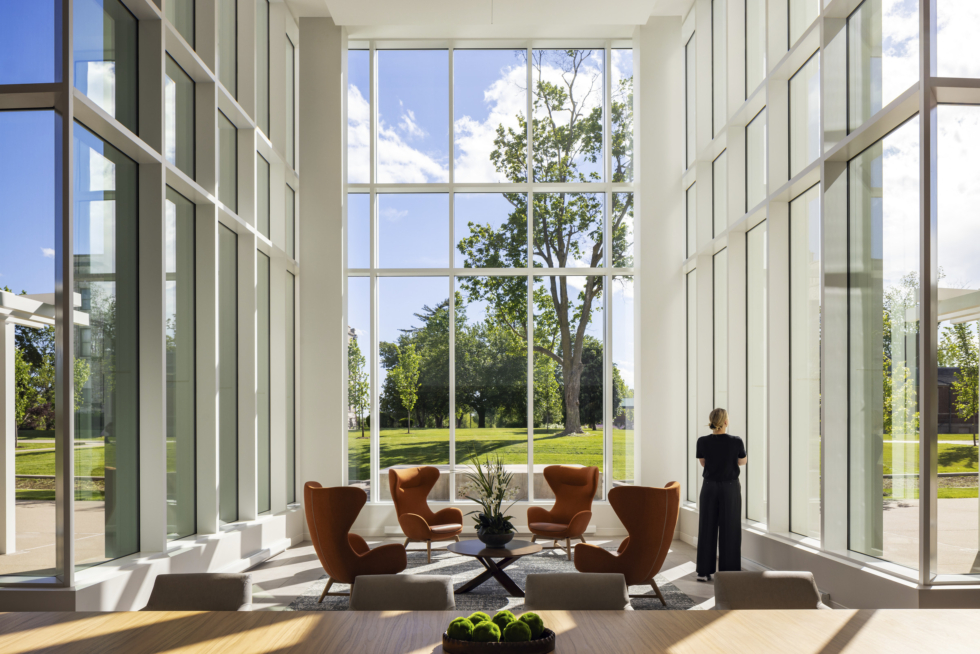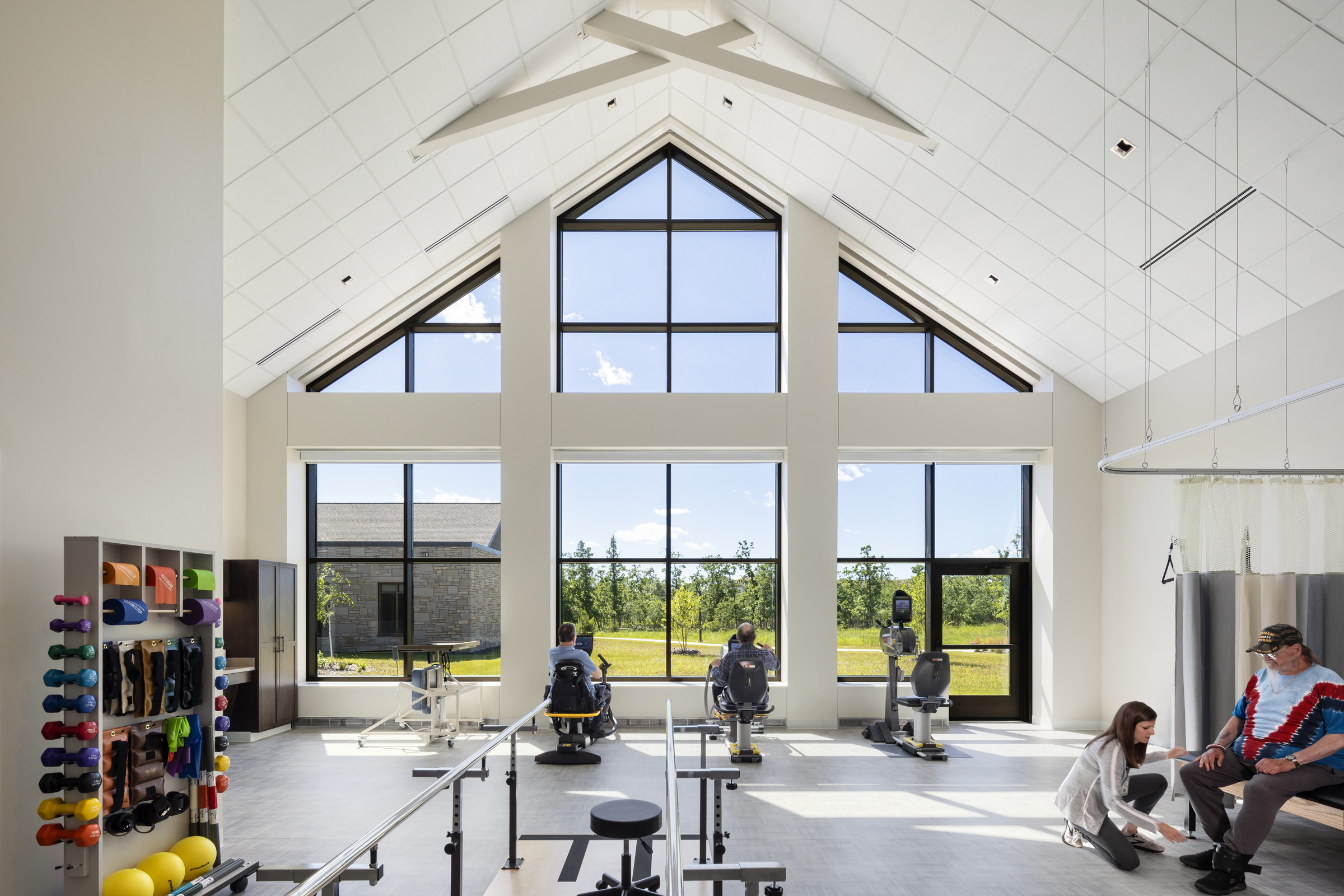Veterans Day offers the opportunity to reflect on those who have served, and it is also personal for me. My father served in the US Army, and my father-in-law in the US Army Air Corps. Their stories were filled with both overseas adventures and the lifelong friendships they forged. Their memories are also tinged with sacrifice and loss. Though I did not follow in their footsteps, I’m fortunate to work in a profession that allows me to honor and serve the veteran community by designing purposeful care facilities that prioritize dignity, autonomy, and wellness.
Our senior living practice’s focus on veterans’ environments began nearly 15 years ago, when the US Department of Veterans Affairs published its Small House Model Design Guide, which established new standards for long-term care facilities in private residential-scale settings with shared common areas. This progressive approach represents a cultural transformation away from the medical/institutional model that had been typical across the public and private sectors. Since the guide was published, we have designed several small-scale projects for both state and federal veterans’ campuses.
This year alone, our team has made some remarkable contributions to veterans’ home and care environments. The Small House Model continues to evolve as the needs of the veteran population evolve, and we have responded with intentional designs of intimate homes; they each honor the needs of their communities with a layered approach of programming that emphasizes health and wellness, independence, camaraderie, and dignity.







